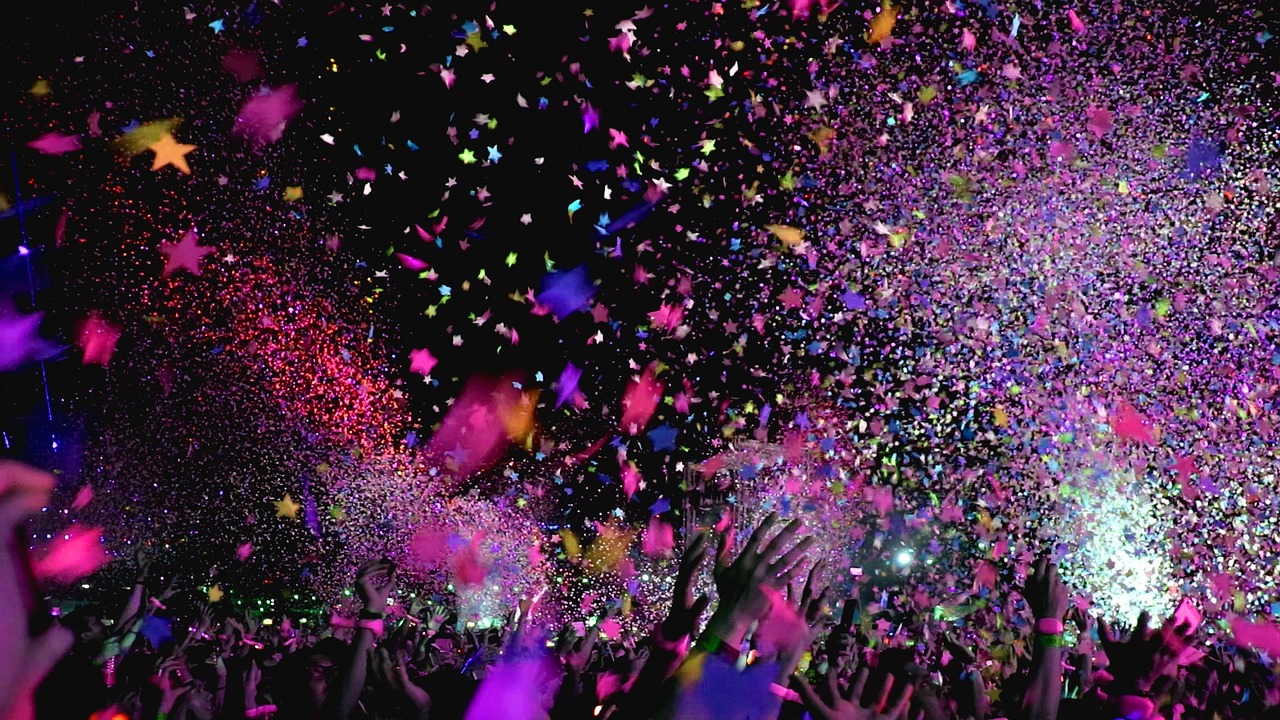Introduction
In a world where scents can transport us to distant memories, modern perfumery has evolved into an intricate art form that engages our senses and emotions. From the delicate floral notes that remind us of springtime gardens to the deep, woody accords that evoke a sense of warmth, perfumery has the power to capture the essence of today. Join us as we embark on a fragrant journey through the fascinating realm of modern perfumery.
The Evolution of Perfumery
Perfumery, an ancient practice dating back to ancient civilizations, has evolved significantly over the centuries. What once began as a blend of simple botanical extracts has transformed into a complex fusion of art, science, and creativity. Modern perfumery combines traditional techniques with cutting-edge technology to create fragrances that resonate with the contemporary world.
The Perfumer’s Palette
The heart of modern perfumery lies in the perfumer’s palette, a diverse collection of aromatic ingredients that range from natural essences to synthetic compounds. Natural ingredients like essential oils extracted from flowers, fruits, and spices offer a connection to nature’s bounty. Meanwhile, synthetic molecules allow perfumers to craft unique scents that were once unattainable, pushing the boundaries of olfactory artistry.
Fragrance Families of Today
Modern perfumery categorizes scents into various fragrance families, each with its own distinct character. Floral fragrances embrace the timeless elegance of blossoms like roses, jasmine, and lilies, capturing the essence of femininity. Oriental fragrances exude sensuality through rich blends of spices, resins, and exotic woods, evoking a touch of mystery. Woody fragrances, often unisex, incorporate notes like sandalwood and cedar for a warm and comforting aura. Fresh fragrances, on the other hand, celebrate the zest of citrus fruits and aquatic notes, offering a revitalizing experience.
Trends in Modern Perfumery
Just as fashion trends evolve, perfumery too experiences shifts in popular scent profiles. In recent years, minimalism has gained momentum, giving rise to clean and uncomplicated fragrances. These scents embrace simplicity, often featuring single-note accords that focus on a particular ingredient. On the other hand, gourmand fragrances have emerged, inspired by culinary delights and featuring notes like vanilla, chocolate, and coffee. These scents playfully blend the worlds of scent and taste.
Sustainability and Natural Perfumery
In tune with the global movement towards sustainability, natural perfumery has gained prominence. Perfumers are increasingly turning to botanical ingredients sourced through eco-friendly practices. Organic farming and ethical sourcing contribute to both environmental preservation and the creation of exquisite fragrances. As consumers become more conscious of their choices, the demand for sustainable and natural perfumery continues to rise.
The Art of Layering
Modern perfumery encourages the art of layering – combining different scents to create a personalized and unique fragrance profile. By layering scents, individuals can craft an aroma that resonates with their personality and emotions. This practice adds a level of customization to the world of perfumery, allowing each wearer to tell their own scented story.
Conclusion
Modern perfumery is a harmonious blend of tradition and innovation, where ancient practices meet contemporary creativity. With a diverse array of ingredients and fragrance families, perfumery offers something for everyone, from those who prefer timeless classics to those who embrace the avant-garde. As sustainability and personalization take center stage, the world of modern perfumery continues to captivate our senses, reminding us that scents have the power to encapsulate the essence of today.




